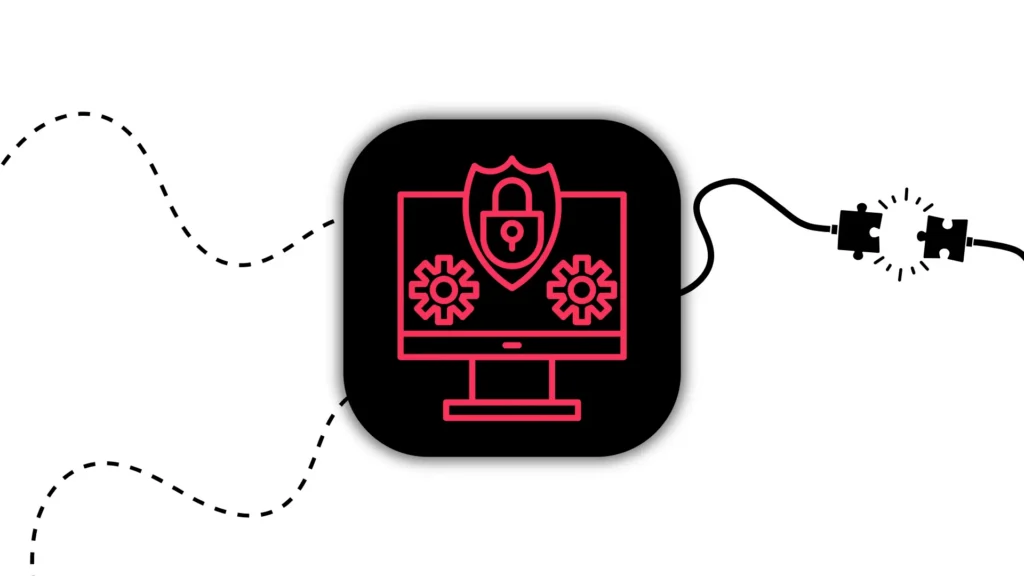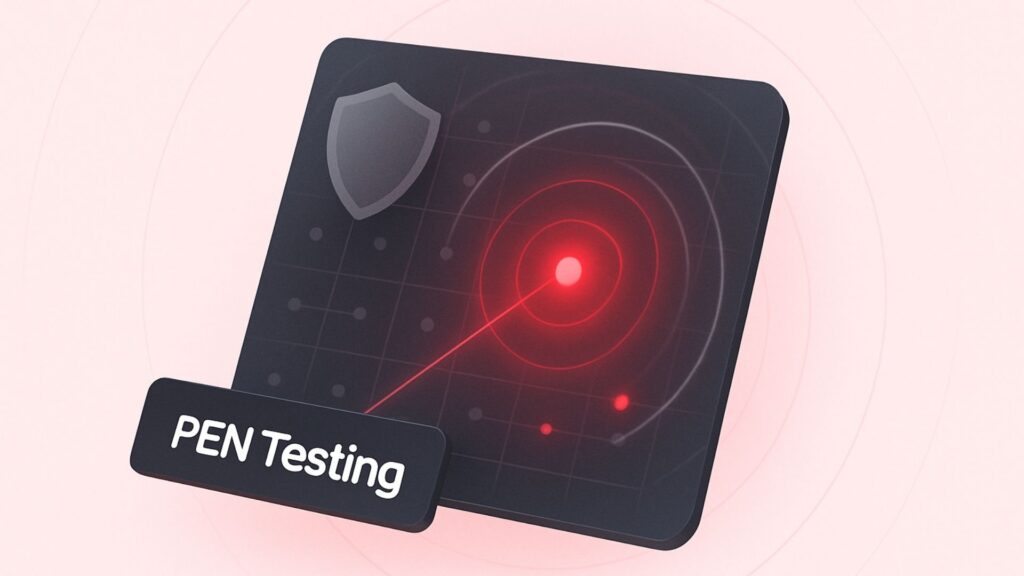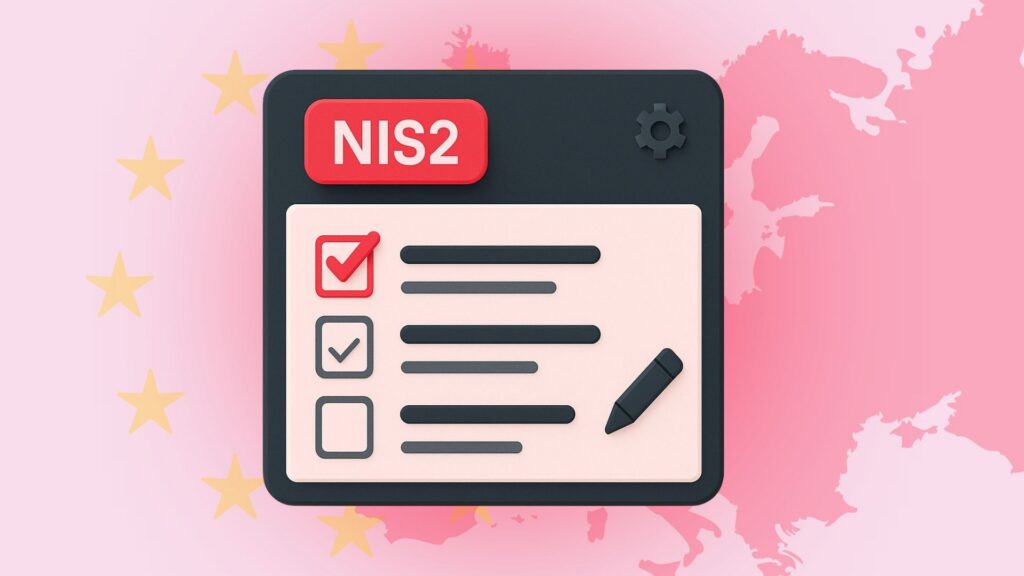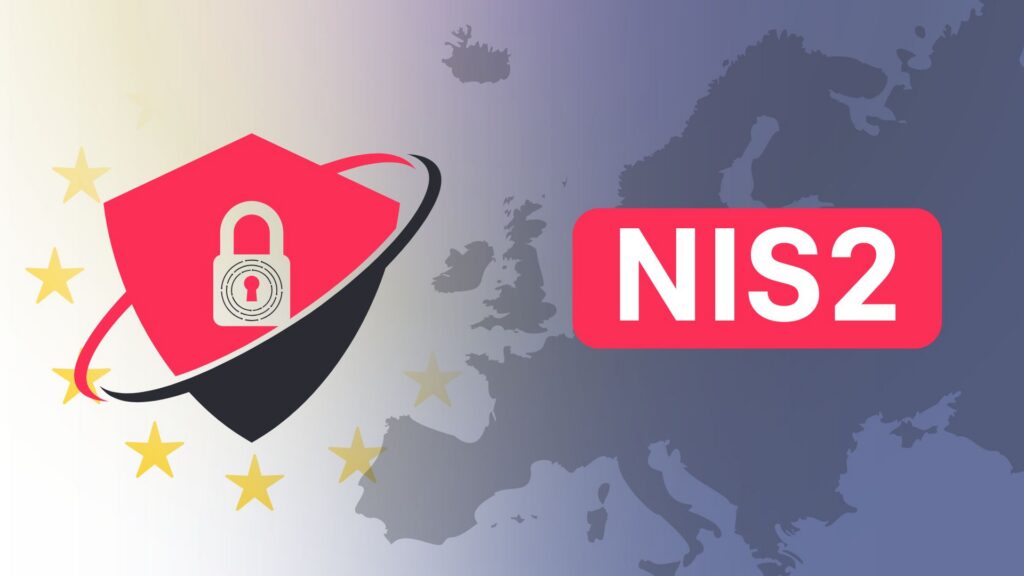As studies reveal increasing rates of anxiety and depression across Europe, a proactive approach is needed to address the treatment gap in mental healthcare. Drawing inspiration – and lessons – from Estonia’s successful e-Health system, this article explores how the e-Mental Health system could be conceptualized.
Instead of overextending to reach appropriate mental health services, individuals need a digitally refined way to prevent and react to their mental challenges. From rapid access to tailored care and remote therapy options to seamless integration with general healthcare services… all and more could be part of one, all-encompassing e-Mental Health system. Let’s take a closer look.
What Data Says…
A recent health study conducted by the Estonian National Institute for Health Development and the University of Tartu found that one in five Estonians are at risk of developing anxiety disorders and as much as one in four is prone to depression. The data in the EU seems to mold into the same picture. They estimate that the proportion of the workforce in Europe with a lifetime risk of mental health issues is at least two in five. The economics of the issue is equally gloomy. The WHO estimates a 1 trillion loss in profits in the US only due to depression and anxiety.
With these surging rates, we wondered what could governments do to release the load. To switch from being reactive to proactively seeking more effective solutions. To our mild surprise, the answer is neither overly innovative nor outside the box. It may have been just under our noses the entire time. We bring you the rough sketches of the e-Mental Health system.
Addressing the Treatment Gap in Mental Healthcare

Navigating the complexities of mental healthcare is challenging, to say the least. It’s often hindered by a series of systemic issues that impact both patients and professionals. Perhaps it’s part of the reason why finding any existing solutions feels a lot like searching for a needle in a haystack.
In this list, we delve into five critical mental healthcare issues present throughout the most of EU and the world. From fragmented information to a lack of accountability, these issues shed light on the obstacles that need to be addressed for a more efficient and effective mental healthcare system.
- Disrupted Therapeutic Continuity (Fragmented Info): Siloed information about mental health history hinders progress, as there’s no centralized system to consolidate crucial data. As a person changes the therapist, they are practically sacrificing the progress they’ve made up to a point. Starting all over again, and doing so on multiple occasions, may feel disheartening and frustrating both for therapists and patients.
- Disconnected Medical Practices (Interoperability Gap): Mental health treatment often exists in isolation, disconnected from broader healthcare systems, resulting in a lack of coordination, crucial health insights, and holistic care. The hormonal issues may be correlated to a challenging life phase, and the clueless therapist may be left blindfolded looking for solutions elsewhere. This may result in unnecessary costs and may leave patients deprived of solutions to their ills and worries.
- Local Therapy Roulette (Limited Matchmaking): The challenge of finding the right therapist due to the lack of a comprehensive database and limited access to a diverse range of therapists. The lack of remote accessibility results in poor therapist-patient matchmaking, as individuals are often confined to their local healthcare practitioners. This can lead to frustration and may even deter people from seeking help due to the exhausting therapist-finding process.
- One-size-fits-all Treatment (Uniform Approach Faux): This issue revolves around the tendency to provide uniform treatment across all degrees of mental health challenges. People have diverse needs and different cases may require other more appropriate forms of treatment. While some may require therapy, others may only lack access to preventive information or a comprehensive assessment by a psychiatrist. This cookie-cutter approach hinders tailored care and optimal outcomes in mental healthcare.
- Limited Access for Trusted Confidants (Accountability Gap): Patients facing mental health challenges struggle to grant access to trusted people, therefore hampering accountability and support. Just like people who use e-health solutions want to be there for their elders in case of emergency, friends, and spouses may want to be a safety net to their peers in times of need.
Learning from Estonia’s e-Health System
Best practices are usually those that go through a lot of trial and error. They are also much easier to emulate and build upon, instead of starting from scratch. So far, as we’ve paid our due in building and fine-tuning Estonia’s e-Health solutions in TEHIK and Tervisekassa. However, when pondering an entire solution that needs to be lifted from the ground up, we’ve decided to seek a lever in the sibling system with innovative practices at its nucleus – Estonia’s e-Health System.
To begin, Estonia’s eHealth system embarked on its journey with the primary objective of addressing prevalent challenges: financial constraints, resource limitations, healthcare quality, and accessibility issues. Since the e-Mental Health system would tackle the very same challenges as its predecessor, it’s best to get a good grasp of the e-Health system first. The strategy adopted by this system was digitization with an aim to optimize the healthcare system through the most prevalent, five touchpoints. Let’s chunk down every touchpoint and see how a single patient and his/her doctor would benefit from having each at hand. Meet Maria, a user of the e-Health system.

- Patient Profiles: Maria uses the e-Health app to manage her health effectively. She has her profile with all the medical data and can also access the profiles of her family members. This is crucial as she can keep track of her mother’s medications and doctor appointments, ensuring her loved one’s well-being.
- e-Ambulance Support: One day, Maria’s mother needs a sudden medical emergency. Medical specialists arrive promptly in an e-ambulance, armed with instant access to Maria’s mother’s medical history and recent tests from the e-Health system. This helps them make swift, informed decisions to save her mother’s life.
- e-Consultations: Maria’s family doctor suspects her mother might need specialized care for her chronic condition. Through e-consultations, her doctor seeks opinions from other medical specialists who previously attended to her mother, sharing knowledge, medical records, and test results. This collaboration results in a tailored treatment plan that improves her mother’s overall health without unnecessary costs and time loss.
- Interoperability Integration: Maria needs to renew her driver’s license and undergo a medical checkup in order to do so. The e-Health system effortlessly shares her health certificate with the National Road Administration, saving her time and simplifying the process. Maria loves this since she has other things she regularly attends to throughout the day.
- International Accessibility: Maria decides to move abroad temporarily for work. Her medical records seamlessly follow her, allowing her new healthcare providers overseas to access her medical history. This continuity of care ensures that her health remains a top priority, even in a different area inside the country or abroad.
Reimagining Mental Health Care in the Digital Age
Imagine if Maria’s journey to seeking mental help begins with the simple tap of an app. If she was able to discover a myriad of benefits that carry the power to transform her path to recovery. Imagine her having rapid access to data and no longer being forced to endure prolonged wait times. Maria gains swift access to mental health resources that can make a difference when it matters most.
Moreover, her treatment options extend beyond the confines of local therapists and clinics. Maria connects with her therapist from the comfort of her own home, breaking down the barriers of physical distance, social discomfort, and confined schedules. The remote aspect of care increases her chances of finding a mental health professional with whom she truly connects. Through a standardized system, she experiences a consistent level of progress in her mental health that not only nurtures her well-being but also trims the financial burden of attending to her basic mental health needs.
She recommends the system to her colleague from the Netherlands who recently moved to her country. The e Mental Health system speaks her friend’s language too, so sharing it isn’t an issue. Maria’s entire medical history rests at her fingertips, ensuring that no aspect of her well-being goes unnoticed. Maria and her friend also mutually agreed to share their data to support each other and share their experiences on a regular basis.
From seeking quick information about early signs of burnout to specialized help, the e Mental Health system guides her through every phase of her journey, maintaining continuity even in transitions between therapists. Since it works in harmony with e-Health, all her health data converges into one comprehensive ecosystem. Not only it helps her to have everything in one place, but her therapist is also able to understand to what degree the issue is related to her physical health, hormonal levels, diet, or other health factors.
The e-Mental Health Blueprint

- Patient Profiles: Within the e-Mental Health app, patients possess their own profiles with instant visibility into their prior therapy sessions, analytical insights, therapist notes, and their own personal annotations. Moreover, patients can access their historical treatments with different types of therapy, medication records, and their corresponding outcomes.
- Comprehensive Care Continuum: The e-Mental Health services extend seamlessly across the spectrum of mental healthcare, starting with mental health promotion at the first level. Furthermore, preventative measures and educational services for primary care (early diagnosis, intervention, assessment, treatment planning); reactive measures for secondary care (hospital care and selected psychological well-being services), community mental health teams for tertiary care (highly specialized interventions), and support during transitions between these stages. This represents cost-effective and on-point care, with basic mental health needs being handled by educational centers and productized services, while more complex challenges receive more advanced and costly treatment options.
- e-Consultation Efficiency: Therapists have the ability to swiftly consult with previous therapists involved in a patient’s care or other specialized medical experts. This collaborative approach ensures a comprehensive understanding of the patient’s mental health condition, enabling the delivery of optimal treatment.
- Seamless Interoperability: The e-Mental Health system should seamlessly integrate with state’s e-Health system and other state services, fostering a seamless and efficient experience for patients, therapists, and doctors alike. In cases where patients require medical assistance or assessment from a psychiatrist, can be automatically referred to the most convenient options.
- Enhanced Accessibility: Remote connectivity empowers patients with the freedom to select from an array of therapists without geographical constraints. Advanced matchmaking features enable patients to connect with therapists who resonate with their individual preferences and comfort levels. Furthermore, patients can readily access their therapy data and engage in online conversations with therapists, even while abroad.
The Time to Act is Now
In a world where technological progress often seems to leave mental health trailing behind, the need for accessible, efficient, and effective mental health solutions has never been greater. Mental health is a vital component of overall well-being but also of companies’ ability to remain competitive and prosperous in the long haul. As the burdens of burnout, anxiety, and disengagement weigh on individuals and society alike, the e-Mental Health system emerges as a beacon of hope.
Drawing lessons from Estonia’s e-Health system, we found a blueprint for much-needed change. Just as the e-Health system addressed financial constraints, resource limitations, healthcare quality, and accessibility issues, its sibling system, the e-Mental Health system, stands poised to tackle similar challenges with an equally efficient digital touch.
Similar insights

How to Pitch and Get Your Ideas Approved at Work
12/11/2025
12 AI Cyberattacks That Made CEOs Very Cautious
21/10/2025
14 Books Smart Tech Leaders Are Reading This Fall
07/10/2025
Protect Your Crown Jewels: The Heart of Your Cybersecurity
15/09/2025
How Renown Business Executives are Using AI?
12/08/2025
Think You’re Secure? PEN Testing Will Tell You
15/05/2025
NIS2 Compliance: A Simple Guide to Get It Done Right
15/05/2025
NIS2 Directive Explained: What Your Business Needs to Do Now
29/04/2025
Net Group Expands into Germany and Acquires Cybersecurity Company
04/04/2025
Let the success
journey begin
Our goal is to help take your organization to new heights of success through innovative digital solutions. Let us work together to turn your dreams into reality.